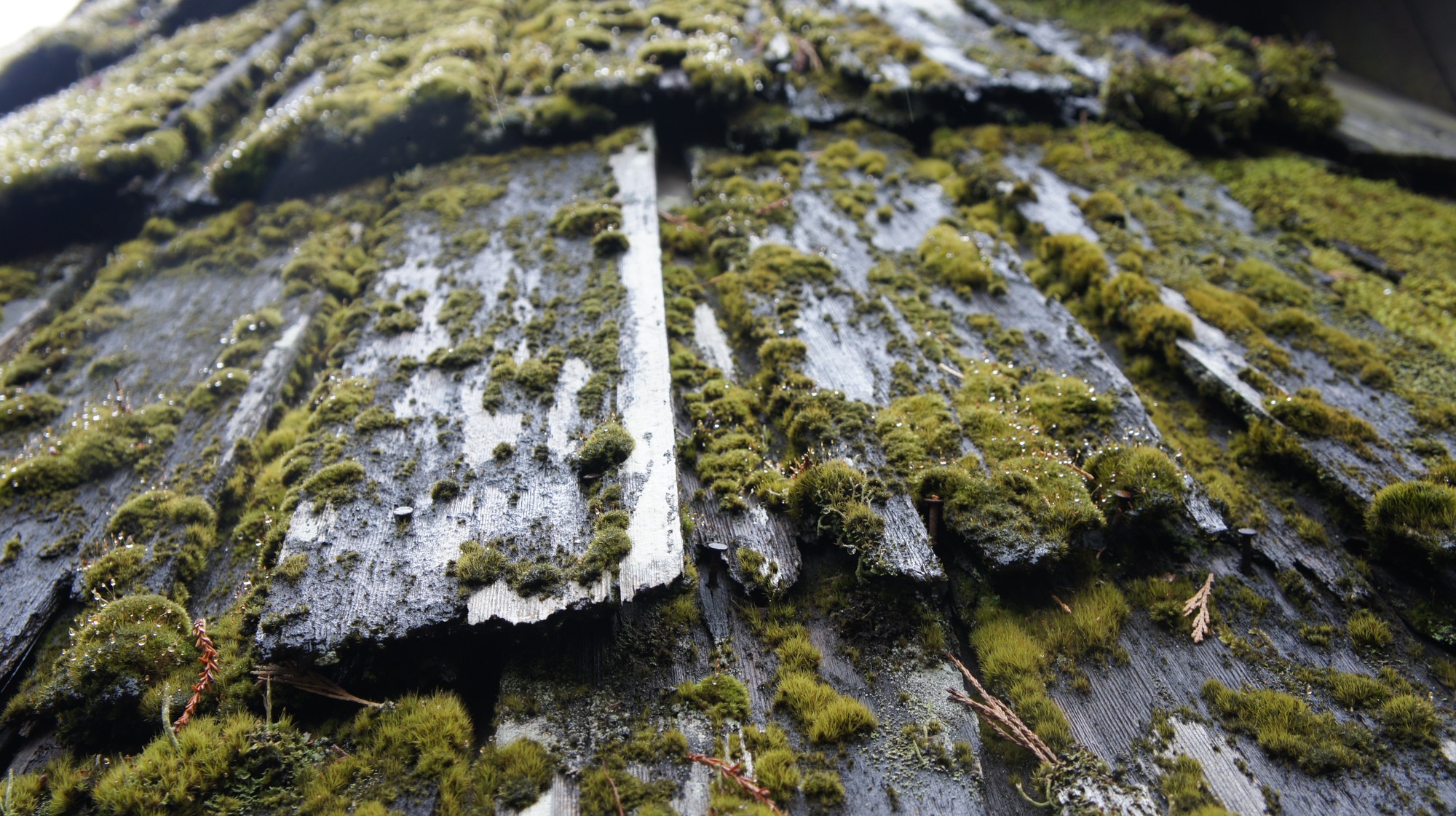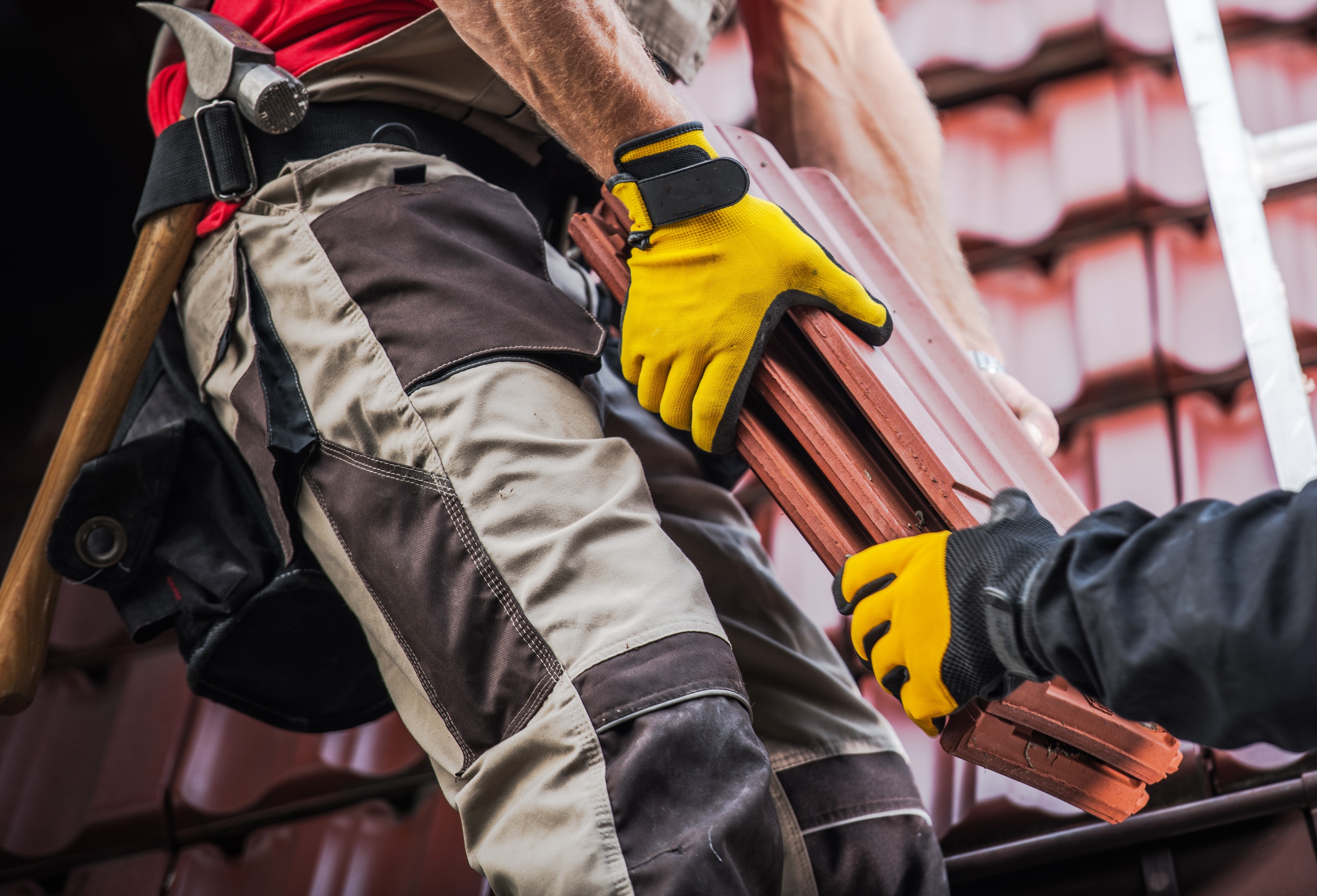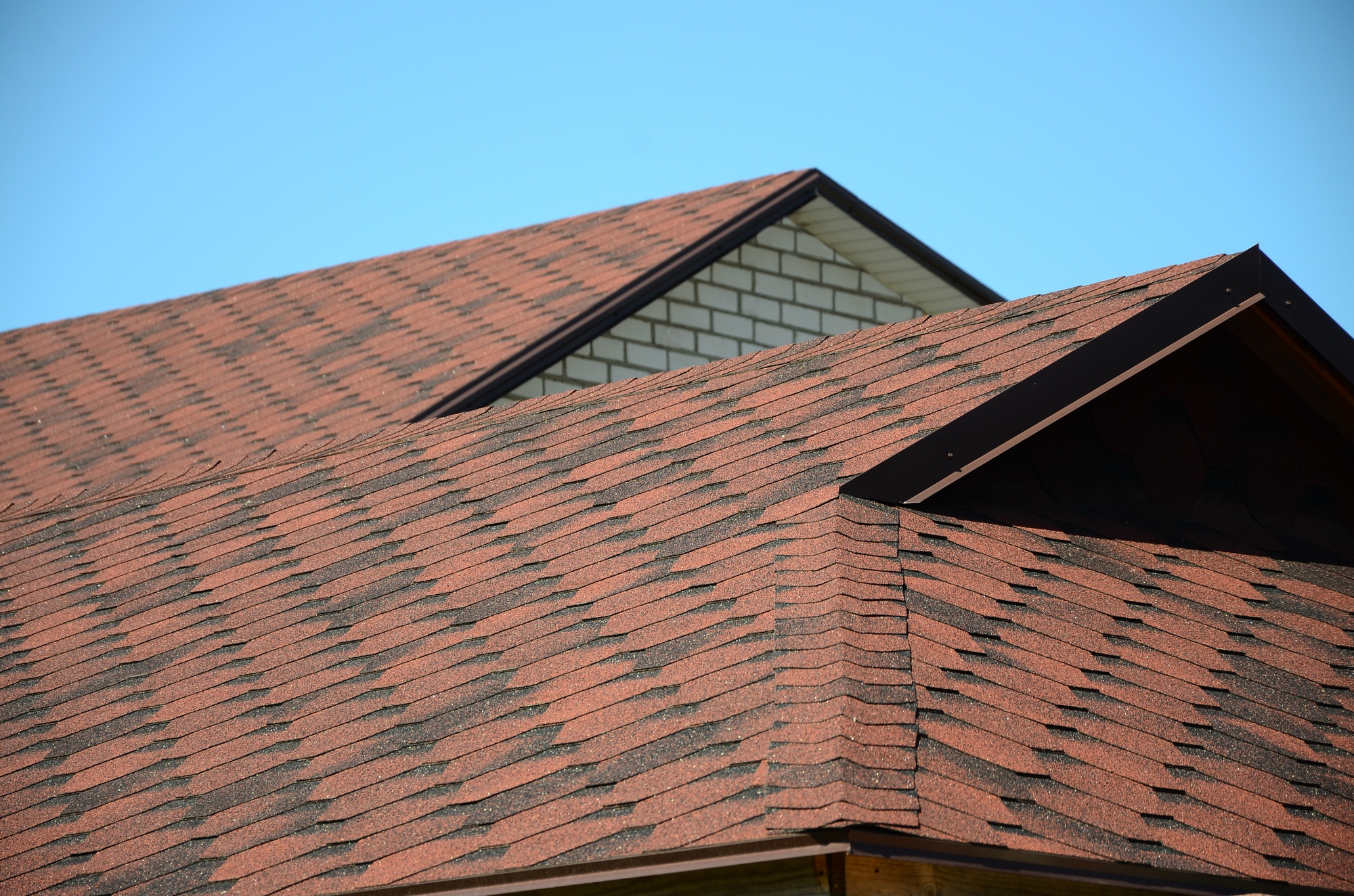Algae and moss growing on your roof may seem like a minor issue, but they can have a significant impact on the longevity and functionality of your roof. In this post, we’ll explore the causes of algae and moss on roofs, their potential effects, and why it’s important to address these issues promptly.
What Causes Algae and Moss on Roofs?
Algae and moss thrive in specific conditions that are often present on roofs, especially in humid or shaded environments. Here are the primary causes:
1. Moisture and Shade: Algae and moss need moisture to grow, so roofs that are shaded for long periods by trees or other structures are more likely to experience growth. The combination of moisture and lack of sunlight creates an ideal environment for algae and moss to thrive.
2. Roof Materials: Certain roofing materials are more susceptible to algae and moss growth. For example, asphalt shingles with a high content of organic materials tend to attract algae, while moss often grows on roofs with more porous materials or where water tends to pool.
3. Poor Ventilation: When a roof lacks proper ventilation, it can create excess moisture in the attic and on the roof’s surface. This moisture can encourage the growth of algae and moss.
4. Debris Accumulation: Leaves, branches, and other debris on the roof can trap moisture and create a breeding ground for algae and moss. It’s essential to keep your roof clear of debris to prevent this problem.
The Implications of Algae and Moss on Your Roof
While algae and moss may not seem like major threats, they can lead to a variety of problems if left untreated. Here’s how they can affect your roof:
1. Damage to Roofing Materials: Algae and moss can cause the roofing material to deteriorate over time. Moss can grow underneath shingles, lifting them and allowing
water to seep in. Algae can leave stains that may be difficult to remove, damaging the aesthetic appeal of your roof.
2. Reduced Lifespan of Your Roof: Continuous exposure to algae and moss can reduce the lifespan of your roof. The moisture trapped by moss can lead to rot, and algae can cause shingles to break down faster than normal.
3. Increased Risk of Water Damage: As moss and algae compromise the integrity of the roof, water can begin to leak into your home. This can lead to serious water damage in your attic, ceilings, walls, and insulation.
4. Decreased Energy Efficiency: A roof covered with moss or algae can absorb more heat, which may increase cooling costs in the summer. Additionally, moisture and mold growth from water damage can impact the overall energy efficiency of your home.
How to Prevent and Remove Algae and Moss
Regular maintenance is the key to preventing algae and moss growth on your roof. Here are a few tips:
● Trim Trees and Keep the Roof Clear of Debris: Removing overhanging branches and keeping your roof free of leaves and other debris can help prevent the growth of moss and algae.
● Improve Roof Ventilation: Ensuring proper airflow in your attic can reduce the moisture that contributes to the growth of algae and moss.
● Professional Cleaning: If algae or moss has already taken hold, it’s best to contact a professional roofing contractor to clean your roof. Pressure washing and special cleaning agents can help remove algae and moss without damaging your roof.
Get Help from Ripcord Construction
If you notice algae or moss on your roof, don’t wait until it causes significant damage. Ripcord Construction is here to help! Based out of Carleton, MI, we’ve been serving the Southeast MI community for over 15 years, providing expert roofing services to keep your home in top condition.
Call us today at 734-288-8445 or visit our homepage to fill out a request form for a FREE estimate. We’ll assess your roof and help you determine the best course of action to keep it in great shape for years to come!




